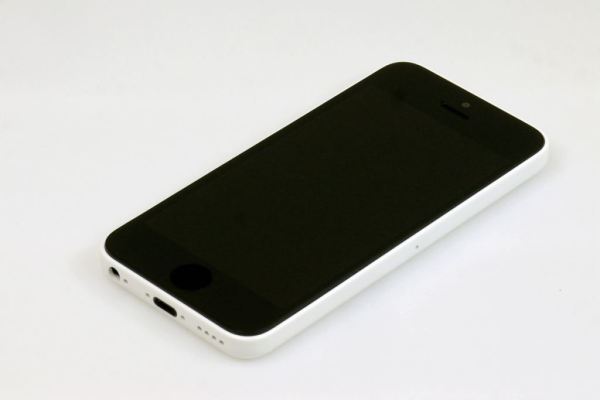Apple is cashing in big on three-year old tech, according to its earnings results last night. As the Wall Street Journal points out, it’s seeing the iPhone 4 leading to big growth in markets like India, and buttressing Apple’s fortunes against low-cost devices based on competing mobile platforms like Android. The iPhone 4 is a key driver of Apple’s record 31.2 million iPhones, the company explained on its earnings call, but it’s probably best to consider this an audition.
Part of Apple’s ability to move so many older devices has been the iPhone 4 itself, but the reason this time around (vs. with past older handsets like the 3GS) the company sold so many devices in markets like India was a new price-aggressive strategy. Apple is offering discount deductions for trade-ins through partners both at home and abroad, and plans to offer pricing incentives in China as well to boost somewhat sluggish revenues there this past quarter.
So the iPhone 4 is in part responsible, but retail partners in key growth markets like Asia say that the price difference is what’s really driving increased interest in older models, and that’s the new element in Apple’s product strategy. It’s also the one that explains why Apple would pursue something like a new, secondary line of low-cost devices instead of just shipping older models at lower prices on a permanent continued basis.
As evidenced by its lower average selling price on the iPhone segment for the previous quarter, all this focus on moving older units with aggressive pricing strategies is driving down how much it makes on each device, and narrowing margins. Apple has typically succeeded by being a high-margin consumer electronics manufacturer: it makes a lot of money on each device it sells, leading to high profits and an ever-growing cash pile.
The iPhone 4 and other older generation devices get price cuts because Apple gradually pays less to make them, thanks to lowered component costs and improved manufacturing efficiency. But they still contain materials that are premium and have a relatively fixed value, including glass and metal. Supply and production costs go down incidentally on older devices; engineering a low-cost device from the very start with margins in mind can help Apple continue to work on dealing with downward price pressure in high growth markets, while at the same time making fewer concessions to margins.
A new low-cost iPhone isn’t a sure thing, but it’s starting to look very likely for a fall launch. Think of the iPhone 4 and the last quarter a dress rehearsal for that kind of device, and Apple’s success with it and its new pricing takes on even more significance.
